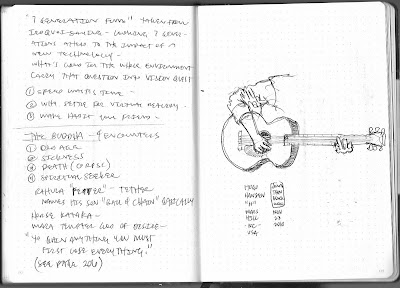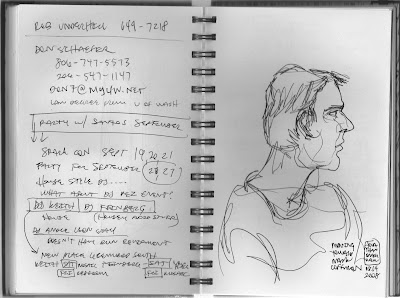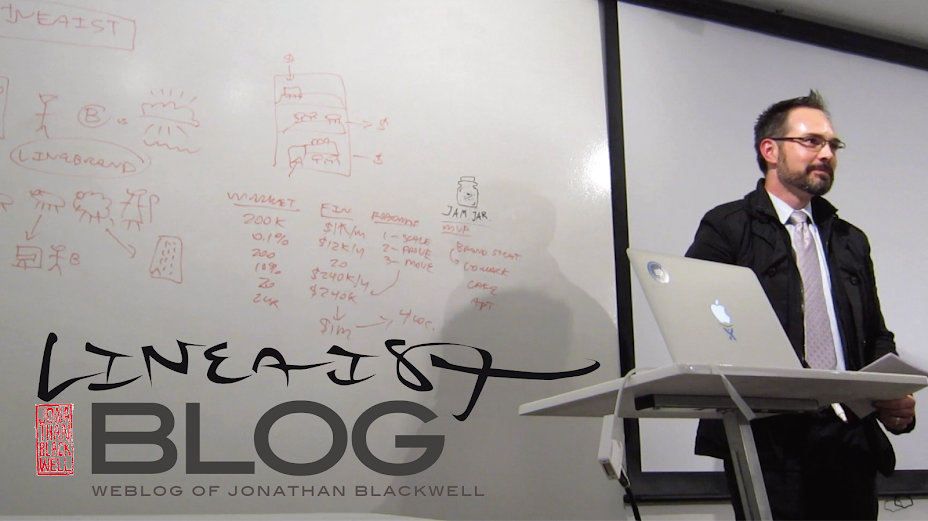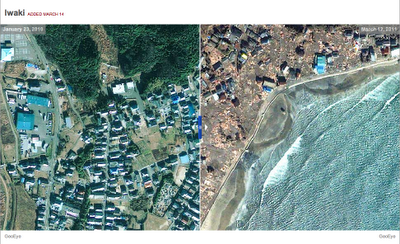The Top 10 of Doug Bartow's 29 Things Young Designers Should Know:
(In reverse order for dramatic effect, with sketchbook images from the past 10 years)

10. PLAY NICE
People you work with and for will make your blood boil from time to time. Whenever possible, be a pro and take the high road. Avoid burning bridges, as people change jobs more often than they did a generation ago. Your paths may cross again in a much different situation, and having a good working history together will make rehiring you easy. Apply this to your online persona as well. Anonymous jabs are petty-be better than that.

9. BE YOURSELF
Be confident in yourself as an author, designer, photographer, creative. Don't work in a particular personal style. Rather, develop a personal approach to your creative work.
Your commissioned work should never be about you, but it can certainly reveal your hand as the designer. As your work becomes more well-known, you will get hired for exactly that. For your personal work, don't be afraid to tell your story. No one else is going to do it for you.

8. BE A DESIGN AUTHOR
Develop ideas. Write them down, edit them, share them and elicit a response. Poof! You're a design author. Read design blogs and participate in the discussions. Have an opinion. If you find yourself spending hours a week contributing to other designers' blogs, consider starting your own. The cost and effort for startup are minimal, and the opportunities are diverse.

7. BUILD YOUR BOOK
One piece of advice I give young designers looking to fill out their portfolios is to find the best local arts organization with the worst visual brand identity or website and make a trade. They get some great design work, and you get creative control and real-world projects in your book that other potential clients will recognize.

6. DEFEND YOURSELF
One of the biggest benefits of a formal design education is the lessons learned in the crit room defending your work in front of your instructor and peers. If you can articulate your ideas and design process in that hostile environment, learning to do the same in client meetings usually comes easy (see No. 21).

5. CONTENT IS STILL KING
Technically, Elvis is still the king, but for the sake of this argument, let's put an emphasis on the message, and consider design as a plan for delivering it. The most effective and memorable visual communication almost always has the right mix of form and content, regardless of medium. Good design can engage a viewer, but interesting content will keep them reading, and thinking, past the headline.

4. BECOME INDISPENSABLE
What are you really good at? Contrast that to the skill sets that could help you advance at the workplace. Could your studio benefit from having an in-house photographer, web programmer, video editor or screen printer? Follow your bliss and get the additional training you need to expand your talents and, ultimately, your role at work. Now, does the studio come to a grinding halt when you're home sick for a day? Congrats. You're indispensable.

3. JOIN AN ASSOCIATION
Founded in 1914 in New York City, AIGA is the professional association for design, representing more than 21,000 professionals, educators and students with 65 local chapters (find a chapter near you) and 200+ student groups. AIGA supports our efforts at the chapter and national levels through the exchange of design ideas and information, research, innovative programming and as a source of inspiration. If you're missing that sense of design community you had in school now that you're in the professional world, AIGA will help reconnect you for life.

2. SEEK CRITICISM, ACCEPT PRAISE
As a designer, listening to your ideas being questioned and your hard work being ripped apart isn't usually very pleasant. However painful, though, constructive criticism of your design work is the most effective way to grow as a visual communicator. Remember this when you leave the crit rooms of design school for the boardrooms of the corporate world. Build a network of friends, co-workers and mentors you can use to collect feedback on your work. Online sites (heavy with anonymous commentary) are not an acceptable substitute for this discourse.

1. KEEP A SKETCHBOOK
You don't need to be prolific at drawing to benefit from keeping a small book in your bag or back pocket. Ideas tend to arrive at the strangest times, and being able to record them on the spot will help you remember them later. When you fill a book, date, number and shelve it. Soon your bookcase will be a library of your best thoughts and ideas.
About the Author:
Doug Bartow is a principal and design director at id29 in Troy, NY, a firm he co-founded in 2003. He is the former director of design at MASS MoCA, and serves on the board of the UPSTNY chapter of AIGA as programming chair. doug@id29.com
Source: Howdesign.com
About the Editor and Illustrator:
Jonathan Blackwell is Design Manager at Ensemble Partners in Sydney, Australia, a firm he joined after graduating from the Australian School of Business in the AGSM MBA Class of 2010. As a member of AGDA his Design Whitepaper “Graphic Design Thinking: Innovative Advantage” was recently chosen among the top 20 to be exhibited in poster format at AgIdeas International Design Week in Melbourne, where he will be on site Monday May 2, 2011 from 2pm - 4pm to answer questions. lineaist@gmail.com









